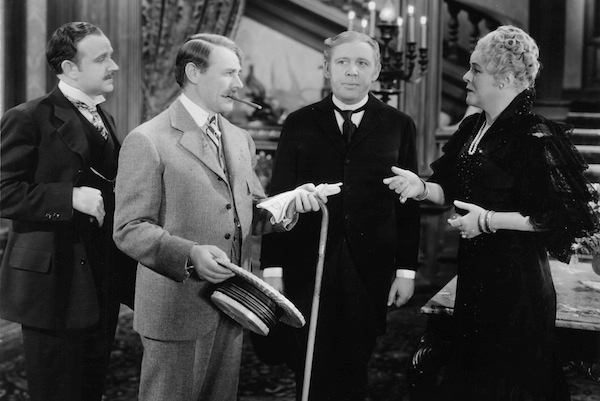There you have it. Our upper class are Somebody, our lower class are Nobody, and our middle class are Everybody. Not for us the traditional middle-class composition of doctors, lawyers, judges, business owners and academics. All of these are Somebody to our rank-and-file middle class, who make the cut simply by self-identification. They might be department heads, office managers, supervisors, policemen, firemen, or highly paid skilled labourers like plumbers and electricians, but ask them where they stand on the social ladder and they will unhesitatingly say, ‘Oh, sorta middle class, I guess.’ In the last few years the rank-and-file middle class has expanded to include the first person in one’s family to go to college and the first person from a blue-collar family to hold a white-collar job. Even now, in the midst of a dying economy, you are what you call yourself: the American who still has a full-time job of any kind, or three part-time ones, is said to be ‘clinging to middle-class status’.
What happened, you ask, to the lower middle class? We don’t have one for the simple reason that Americans never call themselves that. The sole partial exception is the South, apart and eccentric as always, where lower-middle-class goes by the euphemisms ‘shabby genteel’ and ‘too poor to paint but too proud to whitewash’. This is the state of mind that allows Southerners to punch two holes in a can of Carnation evaporated milk and call it coffee cream.








Comments
Join the debate for just £1 a month
Be part of the conversation with other Spectator readers by getting your first three months for £3.
UNLOCK ACCESS Just £1 a monthAlready a subscriber? Log in